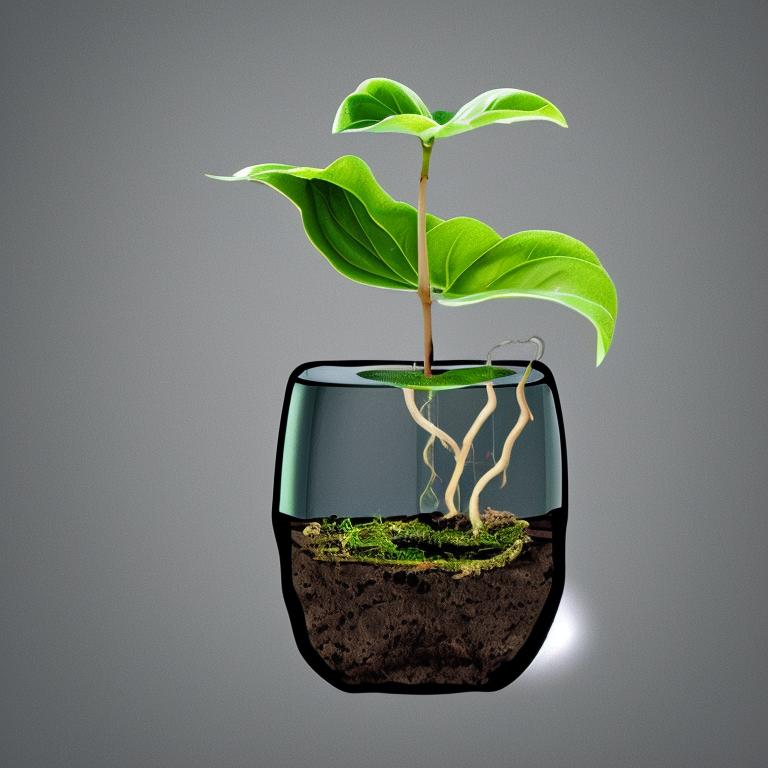Nurturing Healthy Branches and Leaves
Once the roots have established themselves through effective rooting techniques, the focus shifts to nurturing healthy branches and leaves to support the overall growth and vitality of the tree. Branches and leaves play a crucial role in the tree's ability to photosynthesize, absorb nutrients, and thrive in its environment. Pruning is an essential practice for maintaining healthy branches and promoting new growth. By selectively removing dead or diseased branches, gardeners can improve air circulation, reduce the risk of pests and diseases, and shape the tree's overall structure. Regular pruning also encourages the development of strong, healthy branches that can support the weight of leaves and fruit. In addition to pruning, providing the tree with the right nutrients is vital for promoting lush foliage and vibrant leaves. Fertilizing the tree with a balanced blend of nutrients, such as nitrogen, phosphorus, and potassium, can help support healthy growth and development. It is important to follow recommended guidelines for fertilization to avoid overfeeding, which can lead to nutrient imbalances and potential harm to the tree. Proper watering is another key factor in nurturing healthy branches and leaves. Trees require consistent moisture to support photosynthesis and maintain turgidity in their leaves. Monitoring the soil moisture levels and adjusting watering frequency based on the tree's needs and environmental conditions can help prevent issues like leaf wilting or browning. By focusing on nurturing healthy branches and leaves, gardeners can ensure that their trees are equipped to thrive and flourish, providing beauty, shade, and environmental benefits for years to come.
Harnessing the Power of Sunlight and Moisture
Sunlight and moisture are essential elements for the growth and development of trees, playing a crucial role in photosynthesis, nutrient absorption, and overall health. Understanding how to harness the power of sunlight and moisture can help gardeners optimize their tree's growth and vitality. Sunlight is the primary source of energy for trees, driving the process of photosynthesis where plants convert light into chemical energy. Different tree species have varying light requirements, with some preferring full sun exposure while others thrive in partial shade. It is important to consider the tree's natural habitat and light preferences when selecting a planting location to ensure optimal growth. Proper watering is equally important for tree health, as trees rely on moisture to transport nutrients from the soil to the leaves and branches. Overwatering can lead to root rot and other issues, while underwatering can cause stress and dehydration. Finding the right balance and watering the tree deeply but infrequently can encourage deep root growth and resilience to drought conditions. Mulching around the base of the tree can help retain soil moisture, regulate soil temperature, and suppress weed growth. Organic mulches like wood chips or compost can also improve soil structure and fertility over time, benefiting the tree's overall health. Monitoring soil moisture levels and adjusting watering practices based on weather conditions can help ensure that the tree receives adequate moisture for optimal growth. By harnessing the power of sunlight and moisture, gardeners can create an environment that supports healthy tree growth and enhances the beauty and vitality of their outdoor space. Understanding the unique needs of each tree species and providing the right balance of sunlight and moisture can help trees thrive and flourish in their surroundings.
